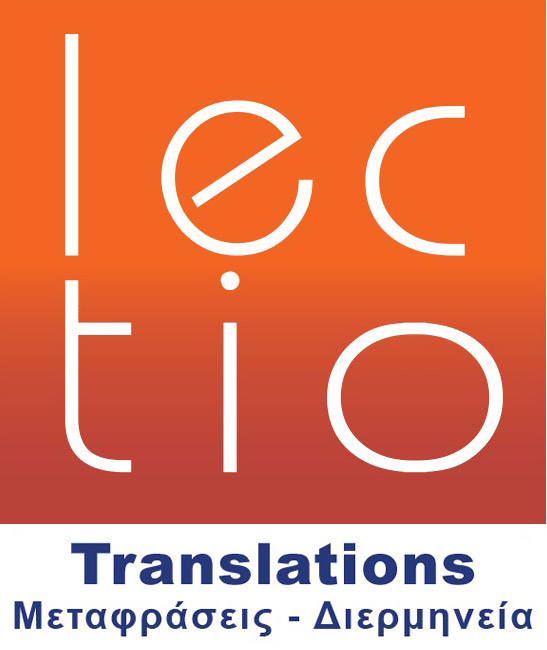One simple activity with many personal benefits is not exactly seen in a positive light. In fact, it’s often dismissed as an unproductive, mind-wandering distraction for unfocused workers mentally in lalaland. What do I speak of?
According to neuroscience, daydreaming activates the right side of your brain and opens up the gateway for more innovative thoughts and creative breakthroughs. For you left-brain dominant and task-oriented accountants, data analysts, and other techies, don’t despair. Just let your daydreaming take over.
More specifically, practice productive daydreaming while doing something relaxing. Think how many times you’ve come up with something brilliant out of the blue while taking a hot shower or bath. Daydreaming is something everyone can do, and there are many benefits:
Memory benefits
Research suggests that entering a state of quiet wakefulness after an experience can improve learning and memory. Quiet wakefulness (another term for daydreaming) is a relaxed state of environmental awareness that helps the mind process complex thoughts while awake and at rest.
In one study published in the journal Nature, researchers examined the neural activity of mice while they were daydreaming. The study revealed distinct neural patterns and activation of the hippocampus, an area of the brain responsible for memory. These findings suggest that daydreaming could help with learning and memory.
The researchers suggest that it is essential to make time for daydreaming to cement the learning accomplished during the day.
Creativity benefits
Research indicates that daydreaming fosters creativity because the brain’s ability to make novel connections between seemingly unrelated concepts is heightened during daydreaming episodes.
At the heart of daydreaming lies a network in the brain that activates when the mind is at rest. This neural theater allows us to mentally wander through scenarios, imagine alternative realities, and simulate experiences. Take the case of Nobel laureate Albert Einstein, who famously developed his theory of relativity while daydreaming about riding a light beam.
You have likely experienced waking up from a deep sleep only to realize your dreaming mind has generated a valuable idea. This is the same principle behind daydreaming but with less risk of forgetting the concept.
Problem-solving benefits
Daydreaming serves as a cognitive playground where the brain tackles unresolved problems. A study published in the journal Psychological Science revealed that individuals who engaged in a brief period of daydreaming before a problem-solving task demonstrated increased creativity and problem-solving skills compared with those who did not engage in mind-wandering.
When scientists conducted MRI scans on individuals who were daydreaming, they discovered that various regions of their brains were highly active, including the executive network, which is linked to complicated problem-solving, as per a study published in Proceedings of the National Academy of Sciences.
Mental health benefits
In certain situations, daydreaming has a protective effect against negative experiences. According to a study published in The Journal of Pain, individuals who were asked to recall the memory of enjoying their favorite meal while placing their hand in a bucket of ice demonstrated higher pain tolerance and less anxiety than those who focused on something neutral or didn’t concentrate on anything at all.
Daydreaming can be a valuable tool in dealing with stress and anxiety, especially in busy environments or situations with perceived threats. If you feel yourself getting more and more anxious, you might turn to daydreaming and follow these steps:
- Take a break from your work and any distractions by looking away from your desk.
- Next, take a deep breath in, and then breathe out slowly. Repeat this a few times.
- Finally, think of something pleasant that has meaning to you.
Another way to reduce stress and anxiety in a matter of seconds is to rid yourself of intense focus–a left-brain activity that can trigger stress and hamper your imagination.
Workplace benefits
For leaders, understanding and embracing daydreaming can unlock a treasure trove of benefits in their workers. Encouraging brief breaks for employees to let their minds wander can enhance creativity and problem-solving, paving the way for innovative solutions, enhanced team dynamics, and a workplace culture that embraces the power of the wandering mind. So, the next time your mind takes an imaginative detour, remember that it might just be leading you toward the next breakthrough.







